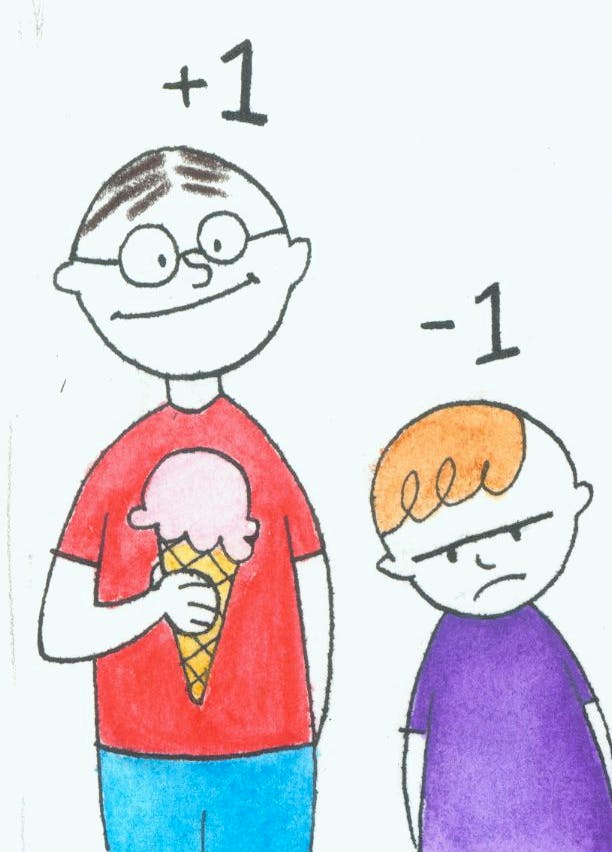There is a mathematical concept called Zero-Sum Game, and it is says basically where one person, organization, etc. will gain, there is an equal loss by another person, organization, etc. of that exact same amount.
An example might be market share of a corporation – if General Motors has 17 percent market share of U.S. car buyers and it gains 1 percent, to 18 percent total market share – the 1 percent came at the expense of their competition, because GM didn’t miraculously grow/build/birth 1 percent of new car buyers out of thin air. It’s a Zero-Sum Game, their competition loses the exact same number of car buyers that GM gained; you rob Peter to pay Paul.
Hiring Managers never get this!
Why don’t talent pros understand Zero Sum Game?
Talent and HR Pros feel this all the time. Hard to fill requisitions, a limited talent pool, and hiring managers make you feel like you should be able to go down to the vending machine and just select C-3 and another Software Developer will fall down into your hands, ready to work! (by the way C-3 in my office is Peanut Butter M&M’s which seem to make everything better at almost any time of the day!)
But it’s not that easy, right? Talent acquisition is a Zero-Sum Game. Now, I know my OD and training friends will be all, “No it’s not! We can grow and build new Talent!” Not really; not in the time I need it – which is NOW, or, YESTERDAY! That’s my timing – it’s not three months or a year down the road.
The main problem with Talent in 99.9 percent of organizations is the lack of organizational understanding of the simple concept of Zero-Sum Game. If organizations really got this concept they would have robust, funded, succession planning programs that would be attempting to build future talent to expand their internal talent pools, but we don’t.
Less than 1 percent of organizations in the world really fund succession the way it needs to be funded if you want to be self sufficient in terms of talent. Organizationally, you’re paying either way – you either pay the money up front in terms of talent attraction, or you can pay it on the backside with retention and training – so why does almost every company choose the front side of this equation?
There is a solution – if we can build it
I think most choose the talent attraction spending because we (HR/Talent/OD) have done a horrible job of working with our finance teams to come up with a plan that shows our organization there’s a better way to spend our money. We haven’t given our leadership a better option, so we/they continue to choose to do more of the same.
Some could argue that we are currently in a less than Zero-Sum Game with our employee demographics. We have more of our population reaching retirement age than we have potential workforce reaching the age/education/experience to replace our departing workforce. But even at zero, you still see the problem we are in, because it’s never ending and it’s just about how you choose to play the game.
I like thinking about our HR/Talent problems in terms of mathematics, because it gives me the feeling there are actually solutions and it’s just a matter of building the solution/process. I think most will argue that the solution is to do all of it in combination – some attraction, some succession, some training – which I agree with, but I think the percentages of your current combination need to change if you truly want to get off the talent treadmill.
This originally appeared on the blog The Tim Sackett Project.
